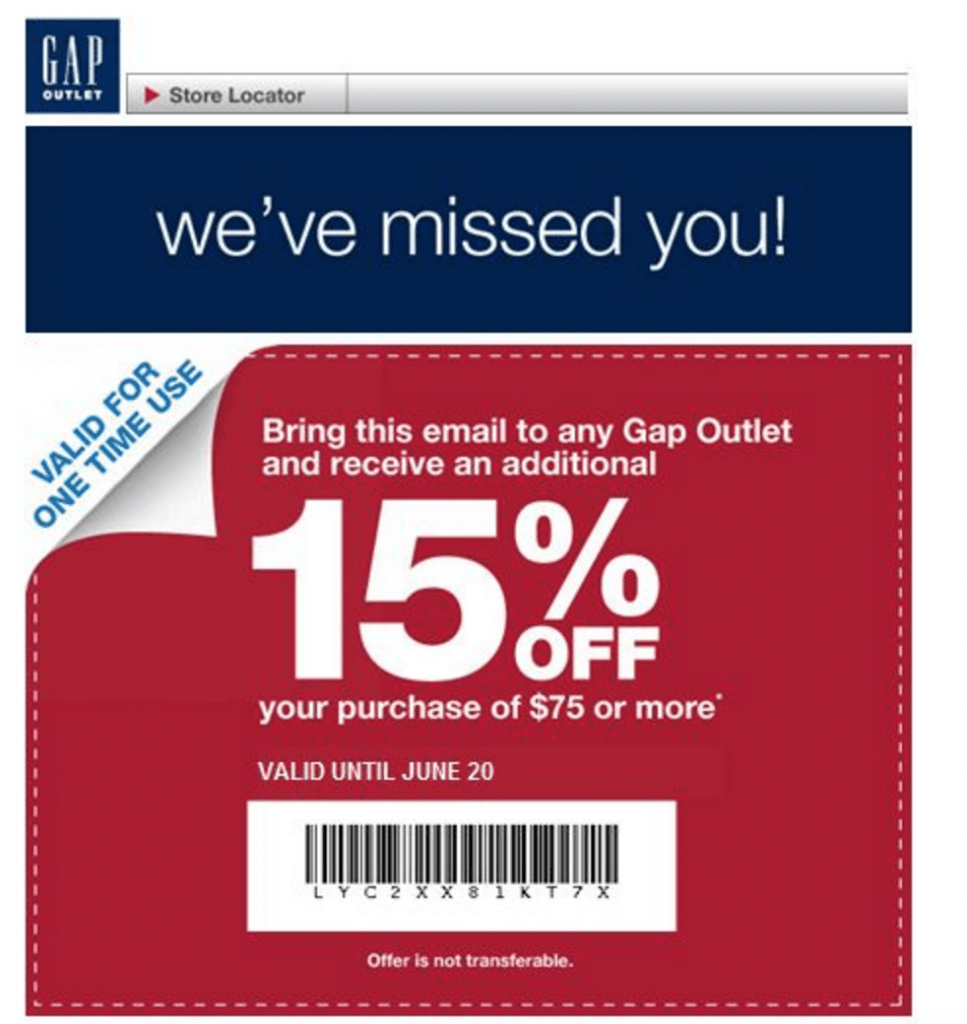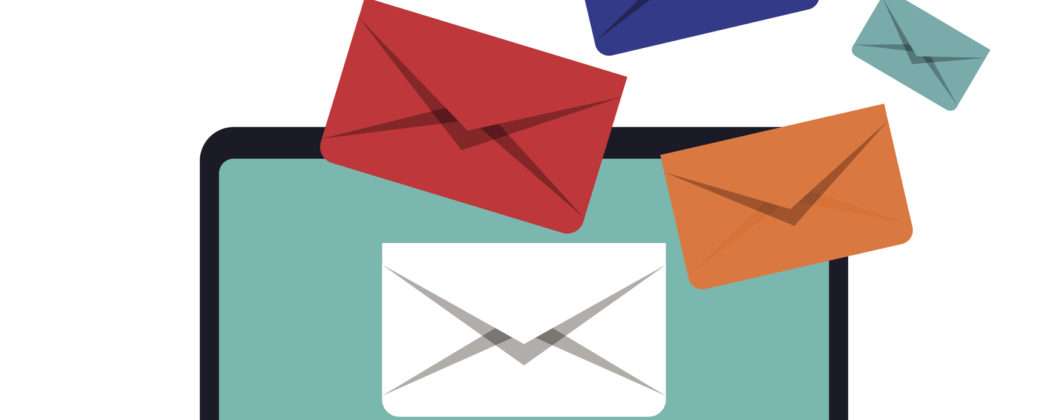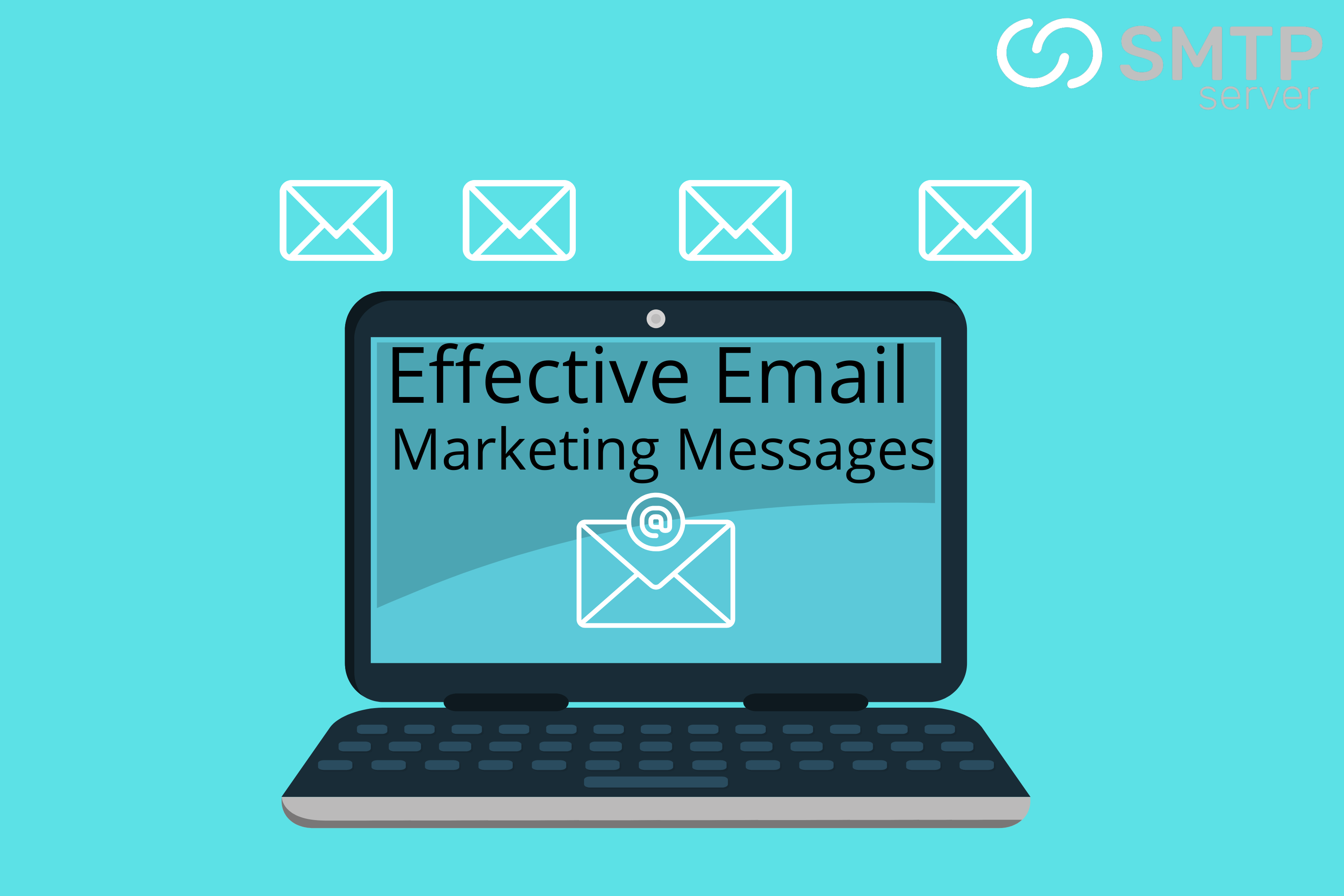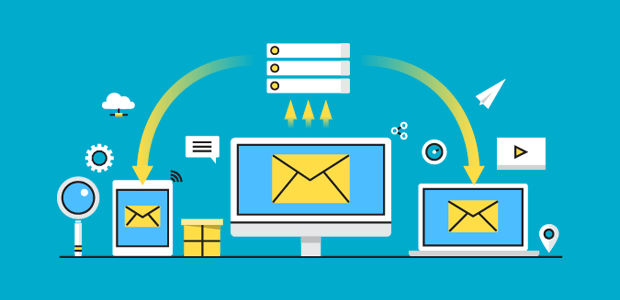16,536 total views, 3 views today

Even with all the welcome, sale, and personalized emails you sent, has your email marketing campaign fallen short of effectively grabbing your customers’ interests? Have you realised that a certain percentage of your customers are no longer opening your emails or purchasing products/services from you?
If this is the kind of situation you are facing currently, then it is time to incorporate a new type of email in your email marketing strategy to get back the customers you have lost.
This new addition to your email marketing campaign is called ‘Reactivation’ or ‘Re-engagement’ emails. These emails are a way to try once again to connect with your customers and persuade them. Reactivation emails are sent out with the intention to re-engage inactive customers who respond less or not at all to your email marketing.
WHY CREATE REACTIVATION EMAILS?
- Improve the statistics and percentage of engagement
- The re-established interest of the customers in the brand/company via such emails would also imply increased profits
- Improve email deliverability by cleaning the brand/company’s email list and removing permanently disinterested customers
HOW TO CREATE REACTIVATION EMAILS
Reactivation emails need to be a part of the brand/company’s automated workflow. These emails will be triggered when a subscriber exhibits a period of inactivity.
- Using a great subject line to effectively catch the attention of the customers. A great subject line would prompt the customers to open the email and will therefore spell success for the brand/company’s email marketing
- Personalized emails make the customers feel as if the brand/company is aware of them and their interests and are, therefore, more than just figures for guaranteed profit.
- Time is of the essence. If the brand/company waits too long, the perfect timing will be lost and any email marketing after that would be in vain. Therefore, reactivation emails should be sent before the customers completely disengage from the brand/company.
- The elements of the reactivation email in terms of the subject line, timing, content, etc. should undergo testing before directly sending it across to the customers.
Things to Avoid-
- The brand/company should not stop at one mail. Their email marketing strategy should include a series of reactivation emails in order to successfully rebuild the interest of the customers.
- A prior audience analysis is necessary to identify the target audience precisely and understand their reason for disengagement. The content of reactivation emails should be appropriate; otherwise, sending the wrong reactivation email would mean unsuccessful email marketing.
- The brand/company should let the completely disengaged and disinterested customers go, instead of holding onto them.
5 TYPES OF REACTIVATION EMAILS
- The ‘We have missed you’ email reminds the customer that they are cared for and valued. Instead of discussing why they are inactive, this reactivation email marketing strategy focuses on why the customers joined in the first place.

- The Special Sale/Discount Email is effective in email marketing because every customer likes sales or discounts. A personalized discount for the inactive customer would encourage him/her to engage in buying and therefore engage with the brand/company again.
- Sometimes it is better to be direct and clear the air. The ‘Is this the end’ Email instead of beating around the bush, this email marketing strategy directly asks the customer if s/he is done with the brand/company and would like to be removed from the brand/company’s email list. Keeping inactive customers on their email list would hamper the engagement statistics of the brand/company.
- The Feedback Email asks the customers to give their opinions regarding the prior emails sent. This email might not successfully re-engage the customers but will give the brand/company valuable insights into how to improve their email marketing to suit the taste of their customers.
- At times, the customer doesn’t deliberately opt out of your email marketing but the emails are lost in a swarm of other similar emails. Here, the ‘Here’s what you have missed’ emails come into play, where the customer is given a brief overview of everything, thereby, piquing their interest and engaging them again.
Re-activation emails, therefore, serve a dual purpose of re-engaging inactive customers and clearing the email list of completely lost customers. In both capacities, reactivation emails help the progress of email marketing and as a result, should be included after proper creation and planning.





